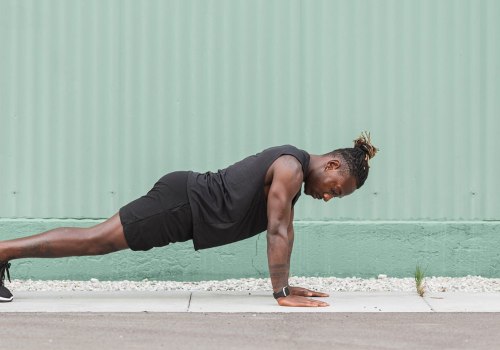A portable tracker continuously detects body movements on a 3-axis accelerometer. The data is recorded every time it is worn and turned on, allowing the tracker to track if the person is walking forward, running fast or even staying still. Fitness trackers use built-in sensors to collect information. The more sensors a tracker has, the more data it can collect.
In addition, data is likely to be more accurate if it is based on multiple sources. Indulge in self-care and monitor your fitness level. A fitness tracker allows you to monitor and record your heart rate, daily calories burned, and step count. Automatic tracking allows you to eat a healthier diet, exercise more and sleep better.
Most modern fitness trackers use a three-axis accelerometer as their primary sensor. This advanced technology measures acceleration depending on the start, end of the movement and intensity. Fortunately, a fitness tracker offers different personalized training ideas to fit your current fitness level. People often associate fitness trackers with counting steps and use them to reach the well-established benchmark of 10,000 steps per day, but the truth is that fitness trackers can do much more.
If you've decided to improve your fitness levels, you might be wondering how exactly a fitness tracker works. While your fitness journey can be complemented by a fitness band, it helps you in a number of ways, such as monitoring your heart rate. However, today's fitness trackers take advantage of the latest technology and sophisticated algorithms to track and estimate a wide variety of fitness measures, including the number of calories burned during exercise.








